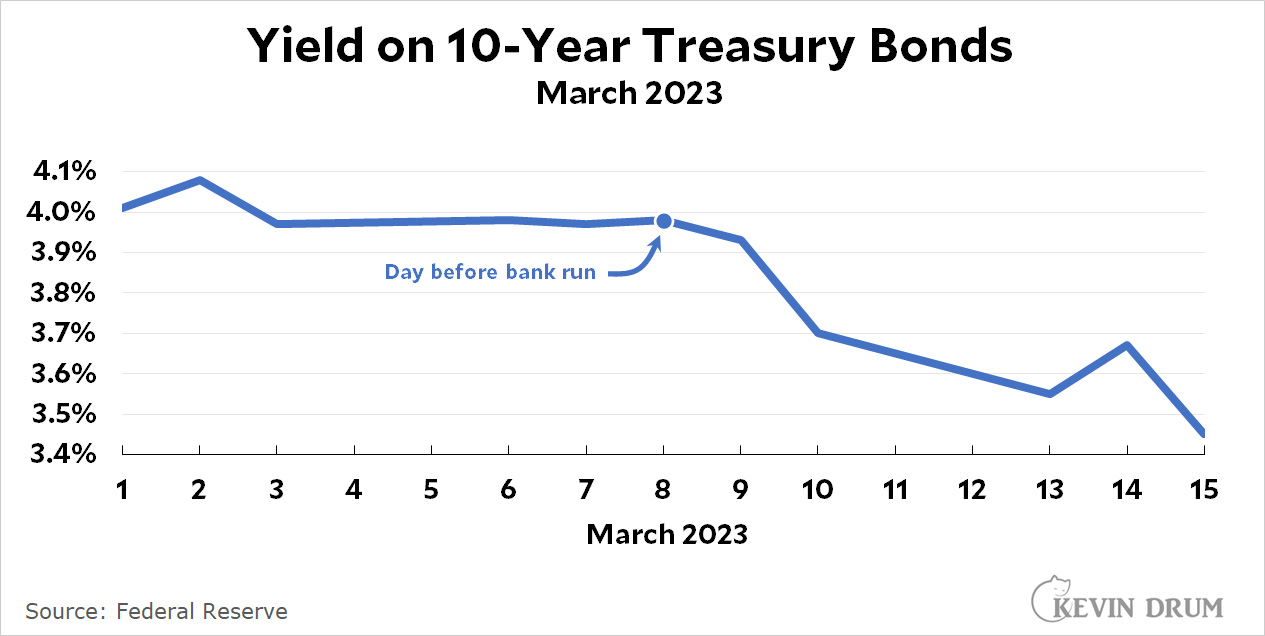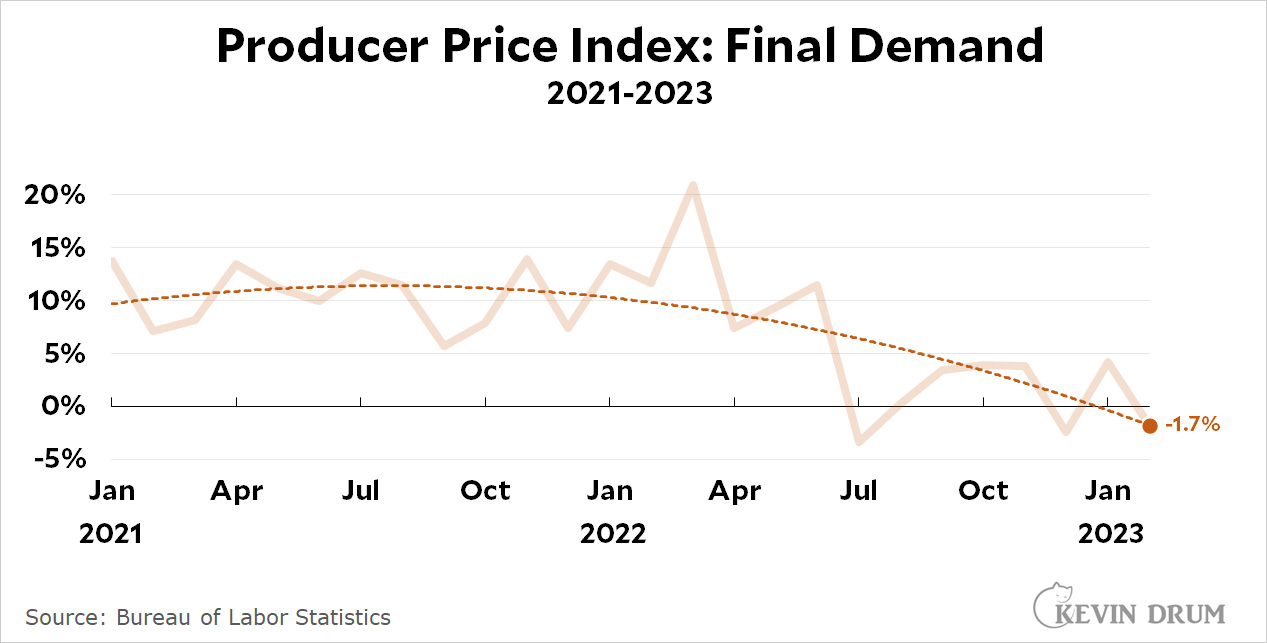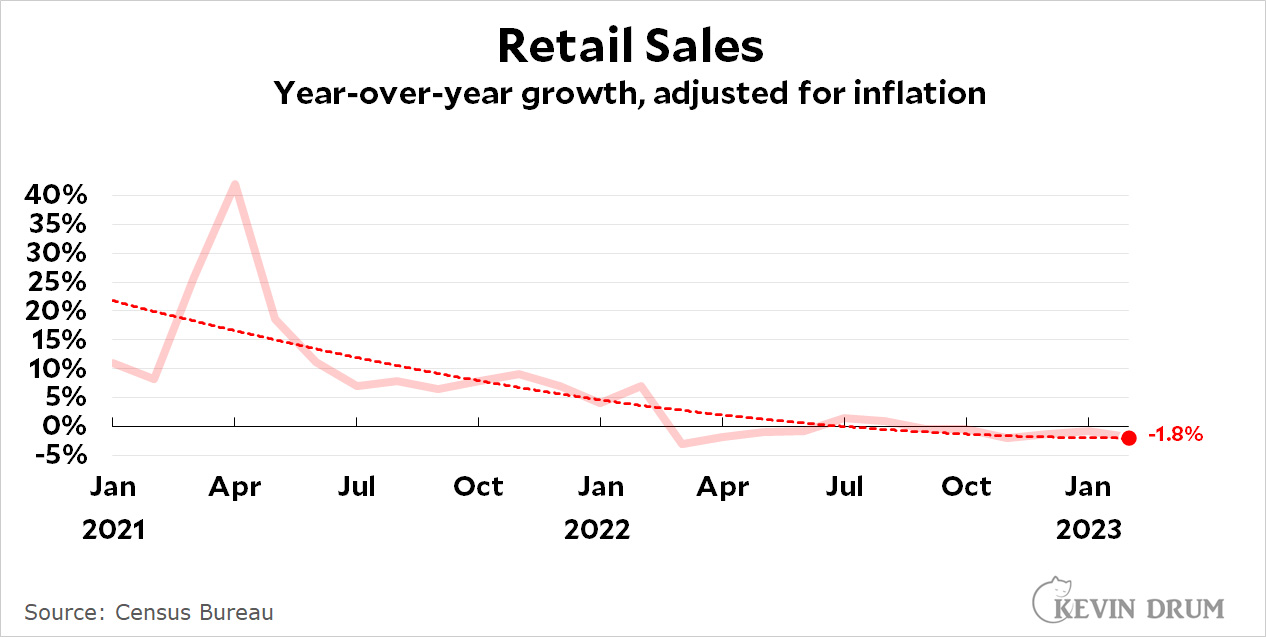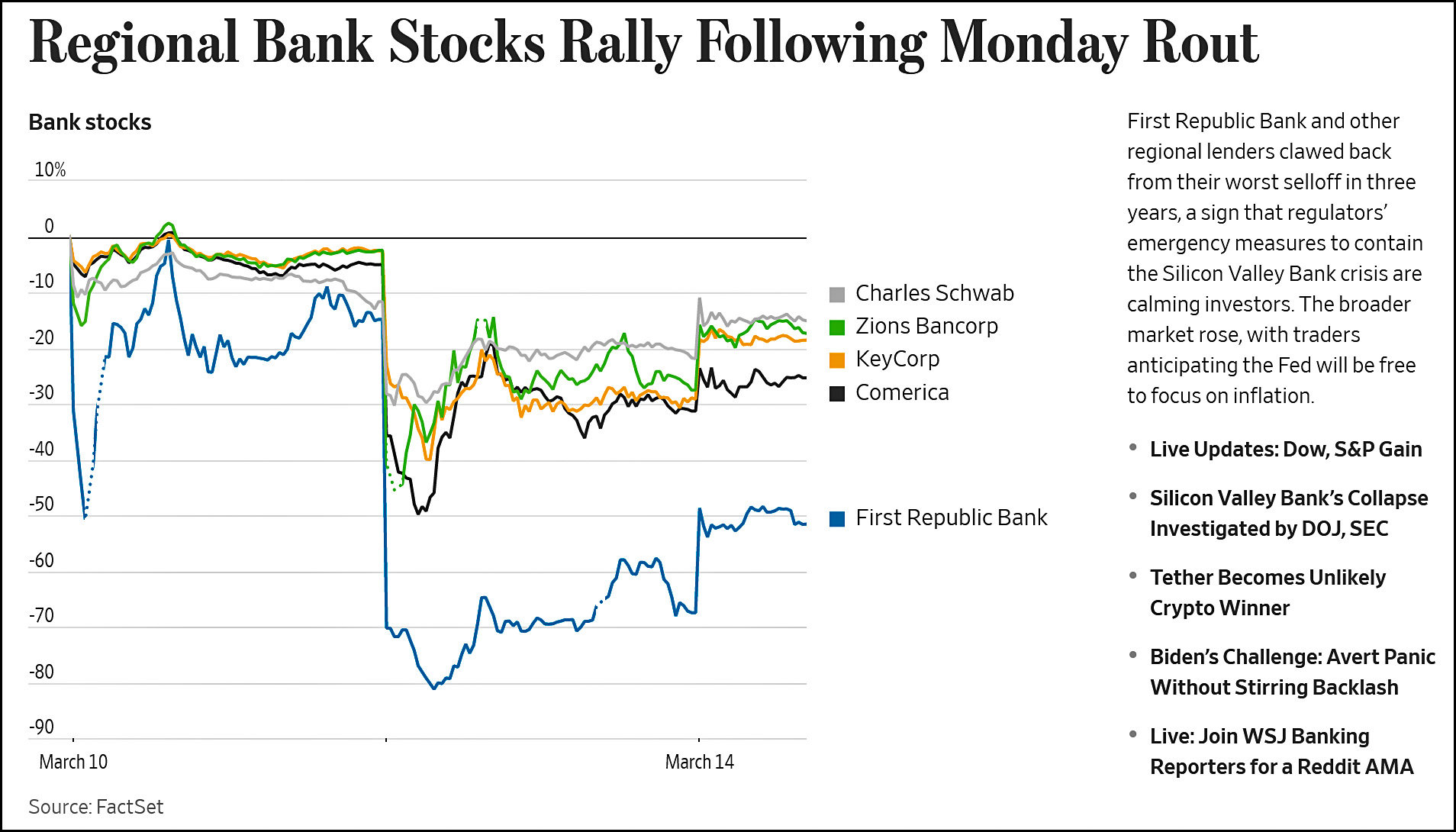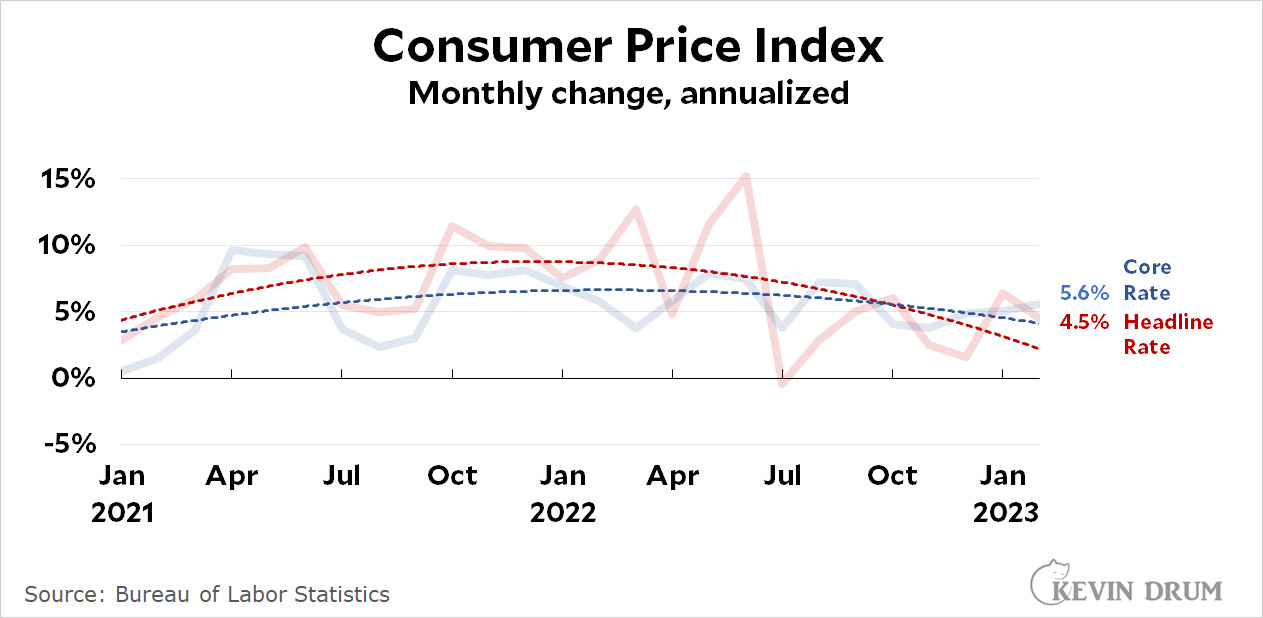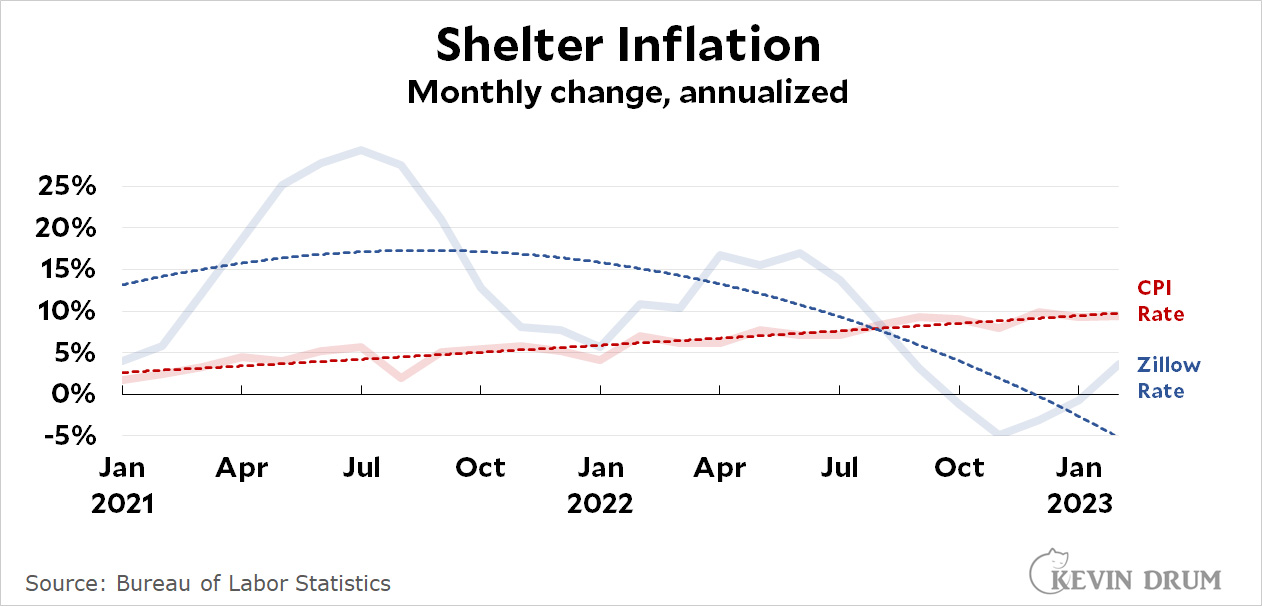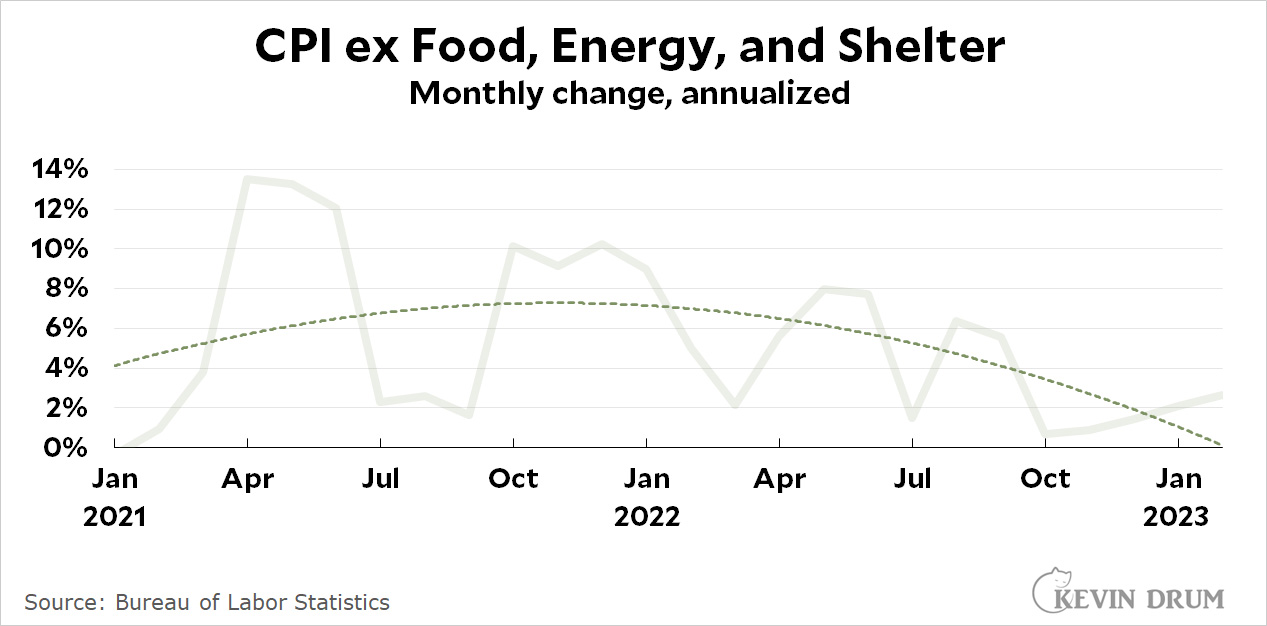Bethany Mandel, a conservative writer, had a bit of brain freeze on live TV yesterday and was unable to define woke for her interviewer. This gave us lefties a chance to laugh at her, and fair enough. That's life in the arena. I really don't understand why movement conservatives haven't yet figured out a simple, bumper-sticker definition of woke that they can haul out anytime they need it.
David Roberts tries to help them out:
At root, cons mean basically the same thing by "woke" as the black activists who originally coined the term: aware of & committed to addressing systemic injustice in the US. It's just, cons think it's a bad thing!
— David Roberts (@drvolts) March 15, 2023
This is true as far as it goes. Conservatives have a long history of actively opposing nearly everything that might improve the lives of non-white-male people.
That said, there's more to it than just that. What conservatives—and many other people—mean by woke is an obsessive commitment to the most extreme and trivial versions of the original definition. "On the political right," says Chris Drew, "it is a pejorative term used to criticize people for seeing injustice where it doesn’t exist." He goes on to offer a bunch of examples from a conservative perspective:
- Race-Based Silencing – Telling a white person they don’t have the right to speak because they’re an oppressor.
- Cancel Culture – Canceling a college speaker because they have controversial views on power and race.
- Digging up Old Tweets – A company digs up tweets and photos from 1995 to play “gotcha” and sink a political candidate’s campaign.
- Critical Race Theory – A school’s history curriculum teaches a ‘white oppressor’ narrative in their classrooms, which makes young white children feel like they’ve done something wrong.
- Day of Absence – A college asks white students to stay home for one day per year to discuss and think about their privilege.
- Taking a Knee (By Social Pressure) – A school or sports organization pressuring you to take a knee during the anthem to send a message about racial inequality.
- Pride Jerseys – Conservative Christian football players are asked to wear pink pride jerseys on the football field in support of LGBT values, against their religious views.
- Virtue Signalling – Brands use pro-LGBT, pro-BLM imagery to appear inclusive. But this marginalizes half of their potential user base.
- Gender Pluralism – People saying there are over 70 genders and that if you disagree, you’re a horrible person.
Chris Drew (and I) are neither approving or disapproving of any of these things. They're just examples of how the right thinks. You can add your own examples if you want: microaggressions, language policing, reparations, and so forth.
It is, obviously, a matter of opinion whether any particular thing qualifies as "going too far." But that's the battleground, and there's really no point in pretending that it doesn't exist. We all know perfectly well that it does.

